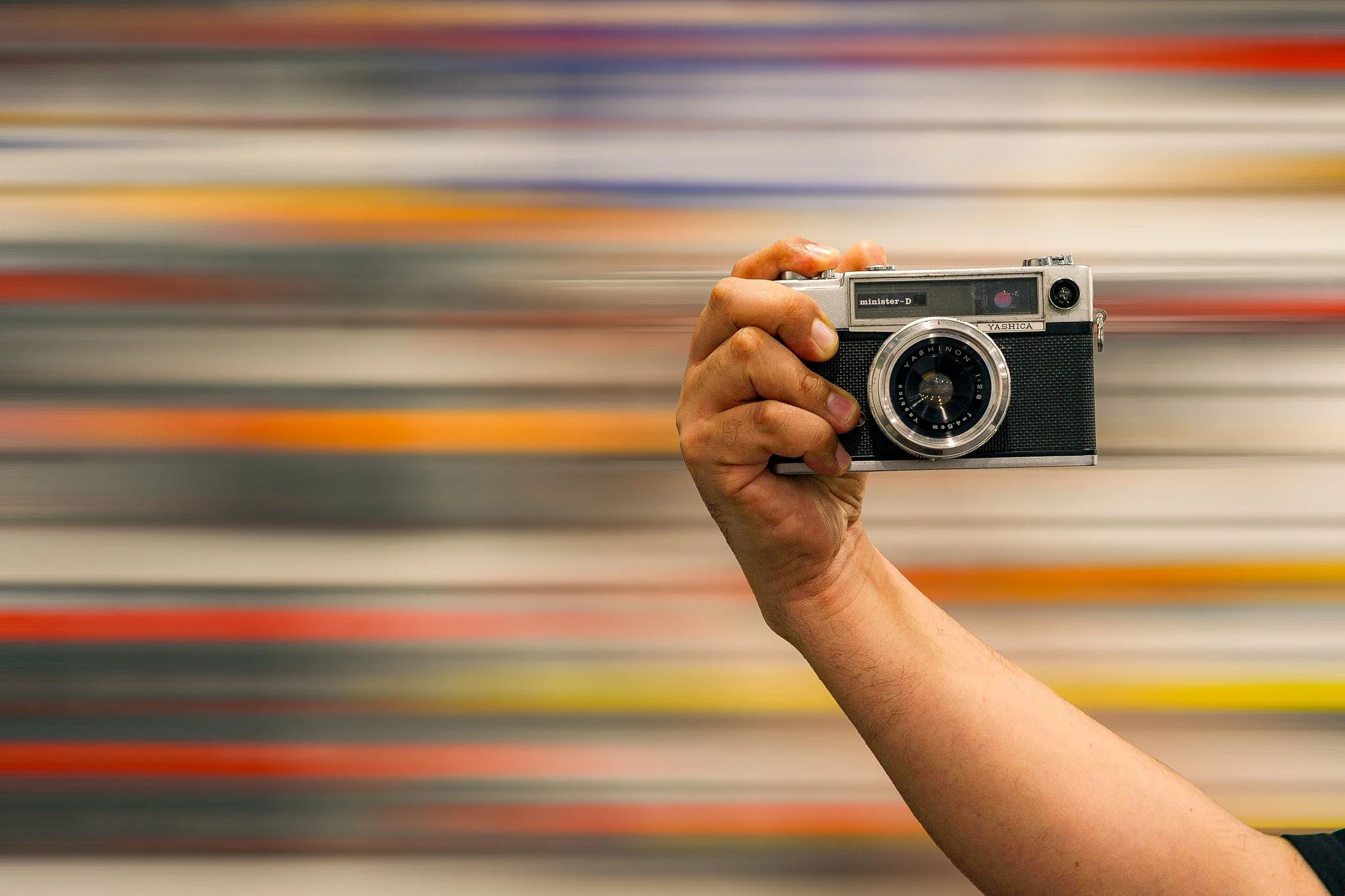Discovering Your Photography Style: A Path Beyond Technical Ability
Photography goes far beyond learning about camera settings or the techniques of lighting. It’s really a genre of creative expression in which you have the ability to depict the world through your own vision. Developing your own personal style is perhaps the most fulfilling part of becoming a better photographer. A signature style not only makes your work instantly recognizable but also enhances your ability to connect more meaningfully to your visual vision. Whether you’re beginning your career or wish to sharpen your current approach, here’s how to establish a photography style that’s truly yours.
What Constitutes a Photography Style?
Your photographs incorporate a variety of factors:
• Preferred topic areas
• Illumination techniques
• Black and white treatment or color palette
• Tendencies in composition
• Post-processing techniques
• Emotional tone
These factors combined form a visual identity that makes your work distinctively yours.
Finding Inspiration Without Imitation
Start by getting immersed in photographs that inspire you. Look at the masters and the new photographers that inspire you. See what appeals to you about a particular photograph—is it the dramatic lighting, the close portraits, the use of bold colors, or the minimalist approach? Assemble a series of images that inspire you personally but do not fall into the imitation trap. It’s not about duplication but about recognizing what truly inspires you and may guide your own work.
Experiment Broadly Before It Narrows
Experimentation in the early stages of discovering your style is important. Experiment in various genres of pictures, lighting situations, composition types, and subjects. Take shots of landscapes, portraits, street photography, still life, and anything that you think has potential. Notice patterns in what you enjoy to shoot and what repeatedly delivers results that are pleasing to you. These patterns provide clues to your innate style proclivities.
Listen to Your Emotional Response
These are the ones that tend to have the strongest emotional impact—on you and on others. They likely indicate your signature style. Which images move you? Which do you keep coming back to? Your personal attachment to your work serves as a strong guide to creating your own photographic voice.
Accept Technical Constraints
At times, constraints serve to define style. Shooting using only a single lens, shooting only in specific times of day, or shooting in black and white only can compel creativity and cement your style. A few of the most unique photographers in history adopted technical limitations that eventually became signature elements of their work.
The Role Played by Post-Processing
How you process your images is part of your style as much as how you capture the images. Vary your processing techniques but strive for consistency. Whether you shoot in richly saturated colors, subdued film-like tones, or traditional black and white, your editing choices should enhance and support your shooting style.
Crafting a Cohesive Portfolio
As your aesthetic grows stronger, begin to assemble your work into thematic bodies. It does not necessarily mean that each photo should resemble each other, but there should exist a thread—visual, thematic or emotional—that unites your body of work.
Embracing Evolution
Don’t forget that style isn’t fixed. The most compelling photographers let their style change and mature as the years pass along and incorporate new influences and techniques without sacrificing their underlying visual language. Your style in photography should also develop along with you as your own outlook and perceptions change.
Final Thoughts
Discovering your own style as a photographer is a process without a defined endpoint. It’s a matter of finding what visually affects you and how you learn to convey that in a consistent way through your images. Be patient and have faith in your gut. The strongest styles often result not from contrived construction but through regular practice and genuine self-expression. Most important isn’t how unique you are in your style in contrast to others but how authentically your style reflects your own vision.
